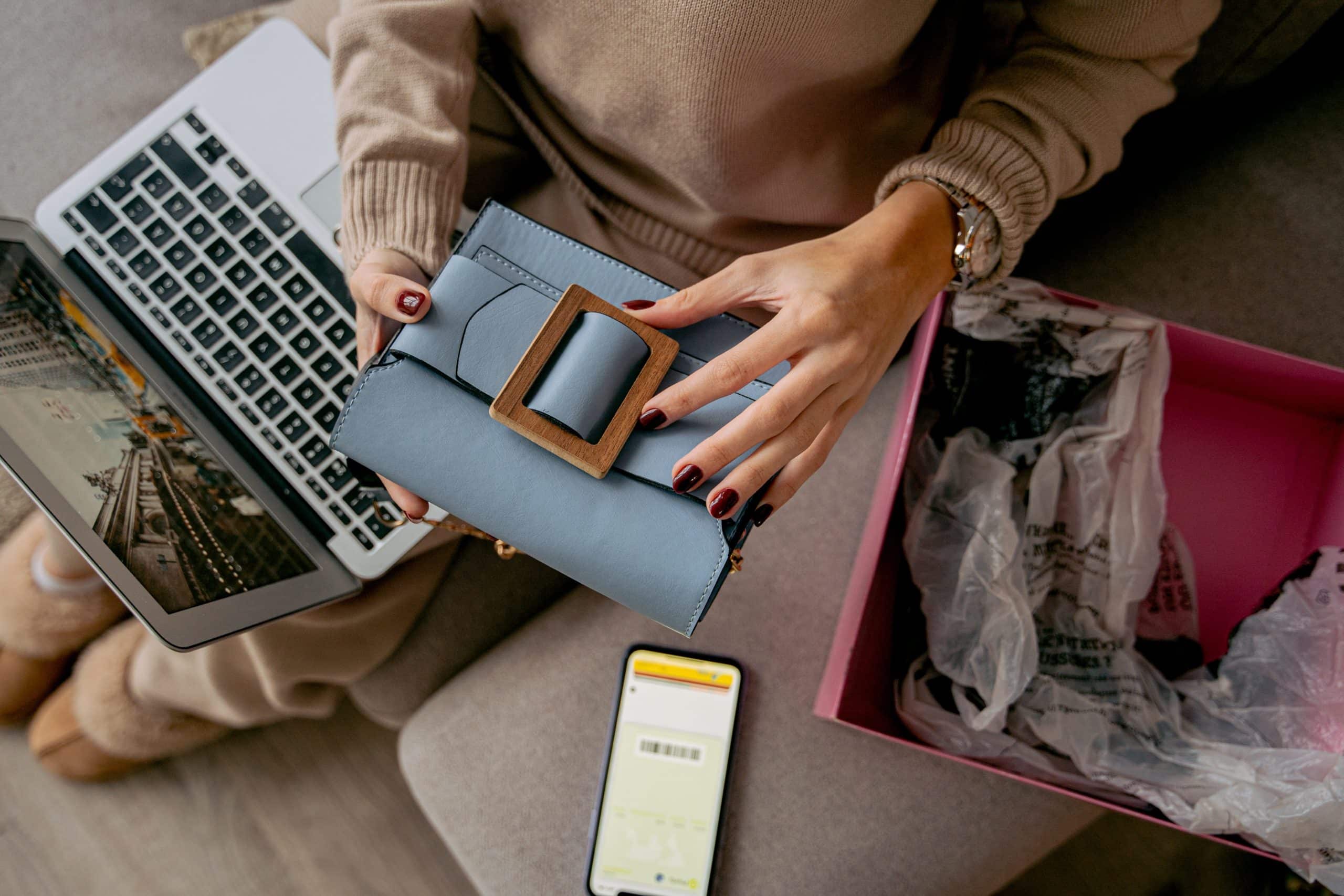
The pandemic has had ‘next to no impact’ on online sales, despite initial claims of a significant acceleration, new data suggests.
The Cut Back Economy 2023, a new study conducted by Grant Thornton in partnership with Retail Economics, unveiled that UK online sales have settled at a level that would have otherwise occurred in a ‘no pandemic’ scenario. With claims of a significant acceleration of online sales by five or ten years during the pandemic proven wrong.
Retail Economics chief executive, Richard Lim, says: “The retreat of online sales from lockdown boom periods was expected. However, the speed and magnitude of the resurgence of physical stores have caught many off guard, particularly pure online players and many tech companies who had heavily invested in the assumption of a permanent shift to online post-pandemic.”
Overall, the £54 billion online sales boost witnessed during the pandemic can be seen as a temporary ‘blip’ driven by unprecedented circumstances, rather than a permanent phenomenon, he says.

Posting via Linked In, he explains: “In our view, the retrenchment in online sales is likely to have happened faster and has been deeper because of the cost-of-living crisis and consumer cutting back. Many consumers have sought the comfort of traditional shopping while rediscovering the in-store proposition in these tough times.
“As such, the squeeze on incomes has prompted consumers to reassess the shopping channels they use in search of the best deals,” he adds.
In value terms, retail sales as a whole have been rising, driven by inflation. But even including the impact of inflation, online retail sales (ONS) declined for 14 consecutive months (year-on-year) from Jan 2022 to Feb 2023 – as the pendulum swung back.
Throughout this period, retail sales as a whole continued to rise (value, non-seasonally adjusted) – implying store-based sales were on the rise.
But volumes (taking into account the impact of inflation) have been in decline for most of this period. People are paying more and getting less in return. So even in stores, sales values have risen, but ultimately, we’re buying less “stuff” because of the harsh economic backdrop. For more retail data insights, visit Retail Economics>
Some retailers were quick to shut physical stores to refocus efforts online. Department store group John Lewis closed 16 of its department stores during the pandemic, as it swiftly realigned its store portfolio.
But this strategy could be to its detriment, as the cost to do business online (including advertising, delivery and returns) has rocketed.
Retail experts say the data also raises questions about whether pure plays (retailers that only sell online) should have an offline presence to complement online shopping. This could be in the form of proof-of-concept experiential pop ups that go beyond just selling a product.
FOR MORE INSIGHT, READ:
- Should you launch a fashion start-up in today’s market?
- RETAIL: 10 ways to create a value proposition during recessionary times.
Last month, direct-to-consumer (D2C) women’s lingerie brand Lounge Underwear revealed plans for a store roll-out, with eight stores in the pipeline over the coming 12 months, with physical stores offering great marketing opportunities as the cost for new customer acquisition online now bites heavily into margins.
The store launch follows high-profile physical store openings by previously online-only players, such as athleisure brand Gymshark on Regent Street.
But as cash-strapped consumers count the pounds, physical stores may come out top in the coming year.
Lim offers 5 key reasons why in-store beats online for many cost-conscious shoppers:
- No delivery or returns fees: Retailers have started charging for online delivery and returns (e.g. Zara, Boohoo), even in categories previously offering free services.
2. Store-exclusive discounts: Physical stores with end-of-aisle discounts, localised markdowns and near end-of-date or clearance items, offer shoppers unique opportunities to benefit from physical formats.
3. Disciplined spending: Many consumers find it easier to manage their spending in brick-and-mortar stores. This removes the temptation of online offers or digital payments, making the physical act of spending more ‘concrete’, particularly when using cash.
4. In-store validation: Consumers value the opportunity to physically evaluate and validate purchases, especially for higher-priced or difficult-to-assess items. In-store shopping offers a tactile experience for ‘touch, test and feel’, instilling confidence and assurance.
5. Negotiation opportunities: With in-store, consumers can easily negotiate on price. Even with no room for negotiation, in-store customer service enables consumers to quickly address concerns.
George at Asda Buying manager, Scott Macrae, says commenting via Linked In: “Retailers have been fighting hard to make retail more exciting and engaging. It’s interesting that some of the pure players have been some of the hardest hit, with their only mechanic being discount.
“The growth of click and collect to multichannel retailers has to be one win driving low cost of delivery and additional footfall a win / win for the consumer and the retailer. Being back at work and not home to receive parcels must also have changed some behaviours as well,” he adds.
STAY UP-TO-DATE
For fresh insights, company news and business advice, subscribe to the weekly Matt Haycox newsletter, below.
Have a great idea but need the money to get it up and running? Want to start building your investment portfolio? Or have a great start-up but need coaching to take it to the next level? We can help – get in touch to find out more.




